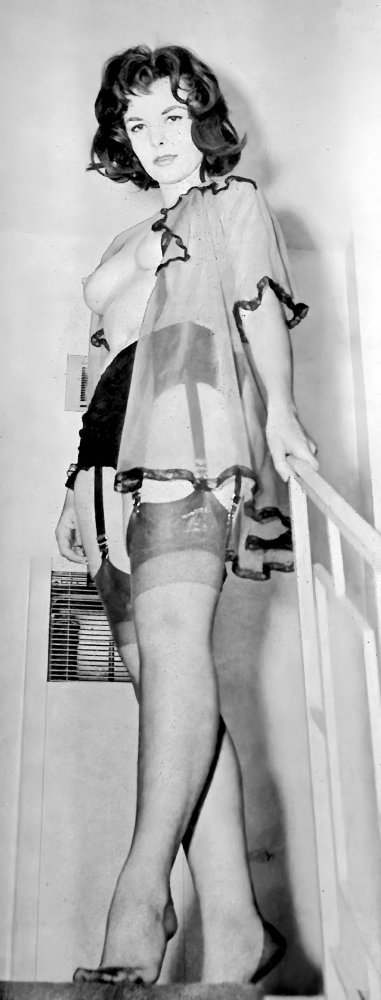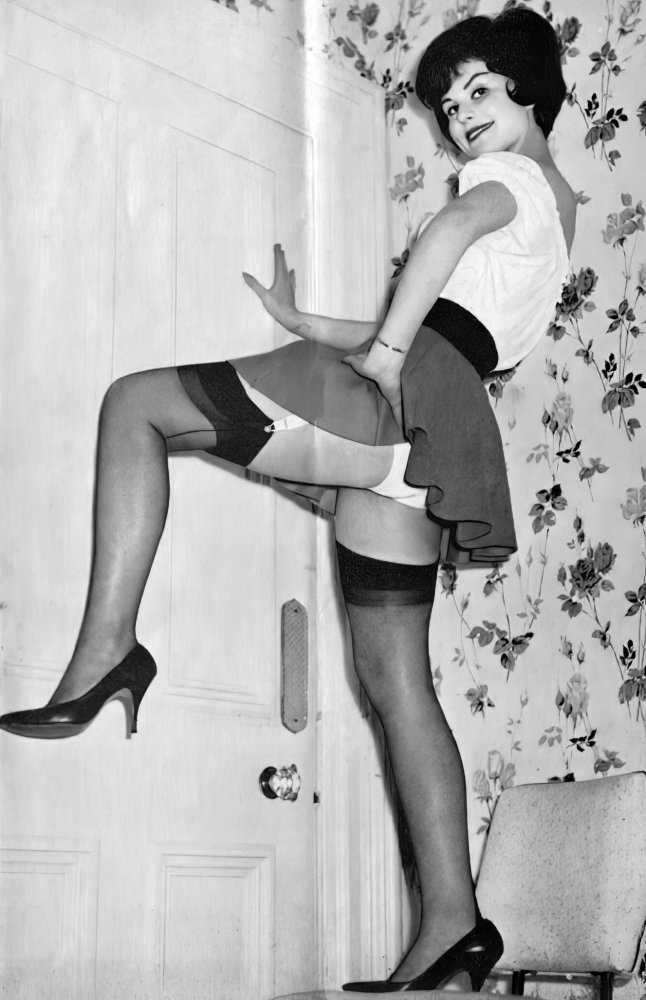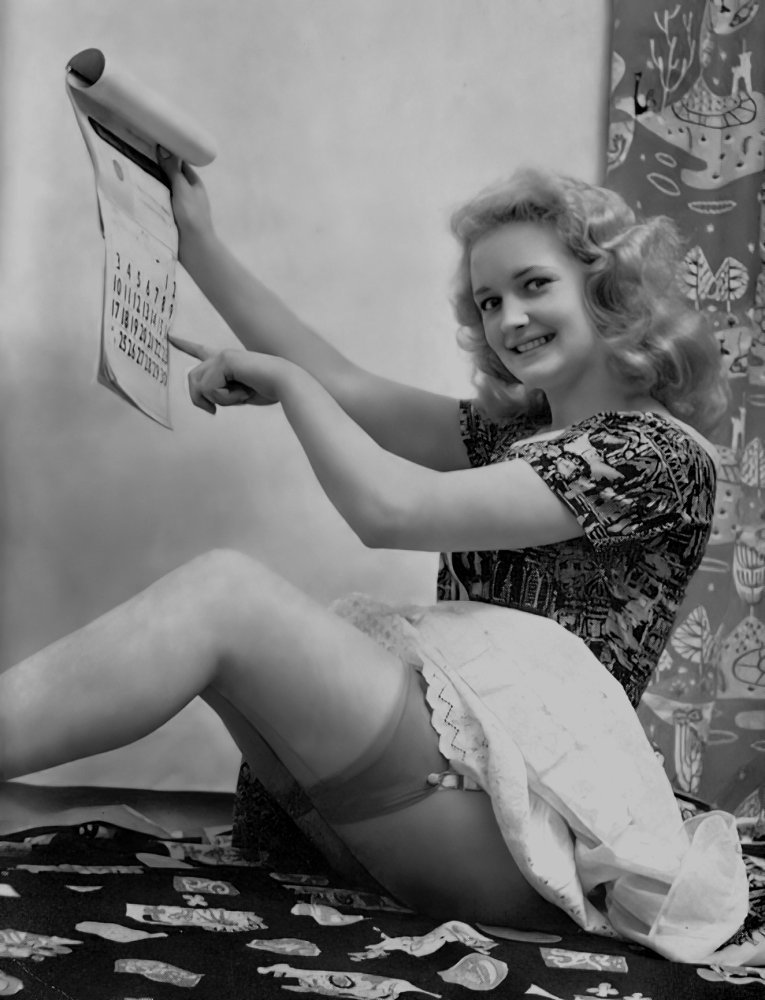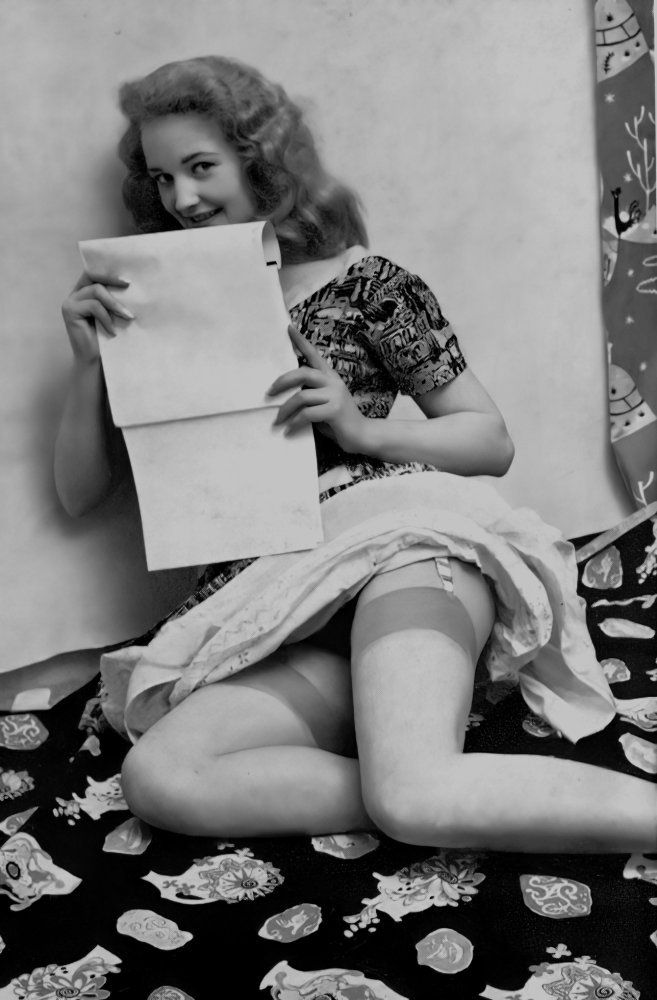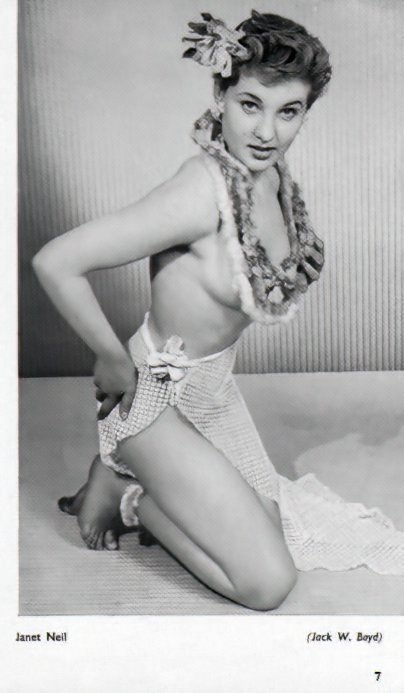Another search of the forum for Fullarton found this request for family history information from a John Fullarton. Threetowners Forum
There are two key paragraphs – Posted below.
I have been working on my family tree for some four years and while I have many of the main branches back to 1690`s, I have data back to 1550 which I am trying to confirm, before entering into my family tree. I have over 1000 relatives on my database. So perhaps I can be of help to someone out there and you can help me either confirm or add to my family tree. I also have a large collection of school and local photographs from 1880 to 1960. In the 1950`s. I was a freelance photographer (as a hobby) and had pictures printed in both National and the Local paper, including the ICI paper and magazine.
My name is John Fullarton ( known in Scotland as Ian Fullarton). My family comprise of names such as, Sutherland, Boyd, Breckenridge, Dunlop, McCleland, McGrath, Orr, plus many more On my mothers side there are Brown, McMurray, Black, Ballantyne, McCulley, etc, all from Ardrossan, Saltcoats and Stevenston. I was born in Killwinning and lived in Stevenston until 1960. I attended Stevenston Higher Grade School till early 1950`s (I have a photograph of the Class of 1952), I then went to Ardrossan Academy until 1954. I served an Engineering Apprenticeship at ICI, Nobel Division, Ardeer from 1954 to 1959 finishing in the Power Station. I was in the Scouts (11th Ayrshire) at Stevenston, finishing up as Scoutmaster for a number of years, in the late 1950`s.
So, we have a freelance photographer named John Fullarton who worked at the power station at the explosive factory. As one of the surnames he was interested in was Boyd, he is almost certainly related to Jack W Boyd.
Armed with the vital information that he was born in Kilwinning, I did a search of Scotland’s People for the index entry for a John Fullarton born in Kilwinning in the 1930s. There was only one!
FULLARTON JOHN BOYD ORR M 1937 599/ 537 Kilwinning
So, if he only used the first two initials, he becomes J B Fullarton. Not using all your initials is not uncommon - if you have more than two you would possibly only use the first two.
A final surprise - a search on John Boyd Orr Fullarton found this obituary from 2019 in the Isle of Thanet News.
So, this possibly could be the elusive J B Fullarton. I'm curious as to when he stopped being a glamour photographer; was it when he got married in 1964 or did being a civil servant make continuing as a glamour photographer difficult. What we do know is that his involvement with ToCo came to an end around this time and it has been suggested that he may have died or just moved on to another chapter of his life.
We might never know the truth, but this is definitely a real possibility, and it certainly is great to hear a little more about Sadie Milligan and Janet Neill.
Many thanks to Robert for researching all this and making it available to me.
